Quick Airline Information:
✈Airline IATA* code: HA
✈Airline ICAO* code: HAL ✈Founded: 6 October 1929 ✈Website: www.hawaiianairlines.com✈Alliance: None✈History
✈Operations and Destinations 🌍
✈Fleet ✈️
✈Photo Slide 📷✈Safety Video 🎬
✈Airline reviews ⭐
*IATA: (International Air Transport Association)
*ICAO: (International Civil Aviation Organization)
History Menu:
Hawaiian Airlines traces it roots back to 30 January 1929, when Inter-island Airways was formed. It itself was a subsidiary of Inter-Island Steam Navigation Company. The airline began operations on October 6, 1929, with a Bellanca CH-300 Pacemaker, providing short sightseeing flights over Oʽahu. Scheduled service began a month later on November 11 using Sikorsky S-38s with a flight from Honolulu to Hilo.
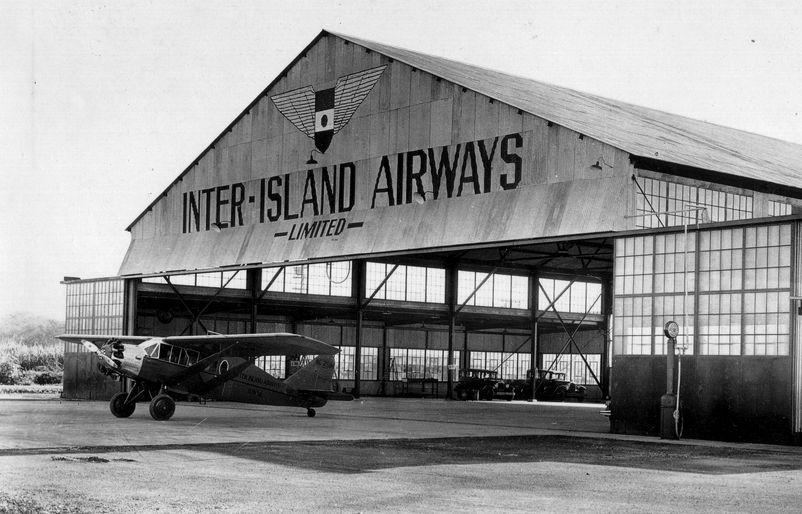
On October 1, 1941, the name was changed to Hawaiian Airlines when the company phased out the older Sikorsky S-38 and Sikorsky S-43 flying boats. The first Douglas DC3s were added to the fleet in August 1941.
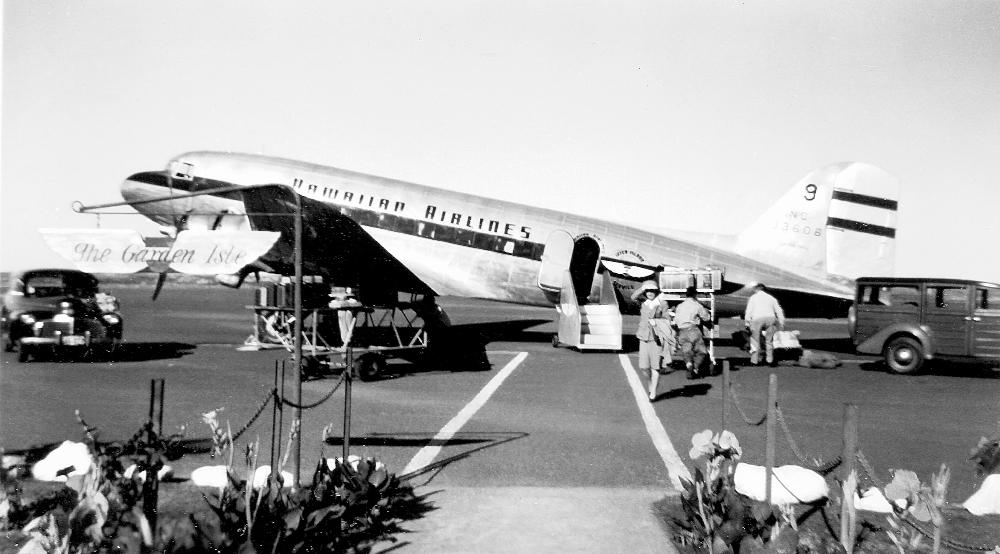
Some examples of the DC3 remained in operation until final retirement in November 1968. However more modern pressurised equipment was introduced from 1952 in the form of the Convair 340. Later, further Convair 440s were added in 1959-60.
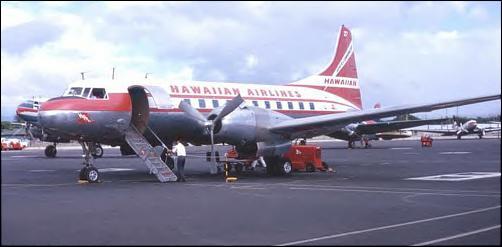
Hawaiian Airlines started to offer jet service in 1966 with the acquisition of Douglas DC-9- 10 aircraft, which cut travel times in half on most of its routes. Hawaiian Airlines began to expand its footprint throughout the 1980s, as the result of intense competition on inter-island routes created by the entrance of Mid Pacific Air into the market. In 1985 the company began its first international flight outside the inter-island market through charter services to the South Pacific and then throughout the rest of the Pacific using Douglas DC-8 aircraft.
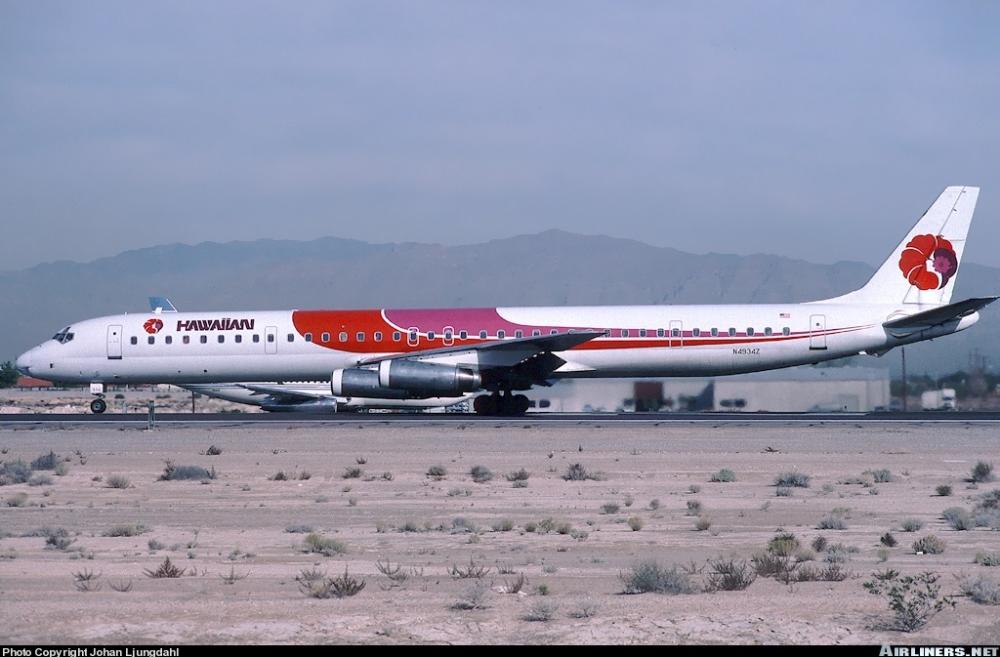
Soon after in early-1985 the company also received the first two of its leased Lockheed L1011 aircraft. One aircraft was used to launch Hawaliian's first scheduled operation out of Hawaii, daily Honolulu-Los Angeles services. This new service put Hawaiian in direct competition with the major US air carriers for the first time in its history. Throughout 1985 and 1986 Hawaiian Airlines added additional L-1011s to its fleet and used them to open up services to other West Coast gateway cities such as San Francisco, Seattle, Portland, Las Vegas and Anchorage.
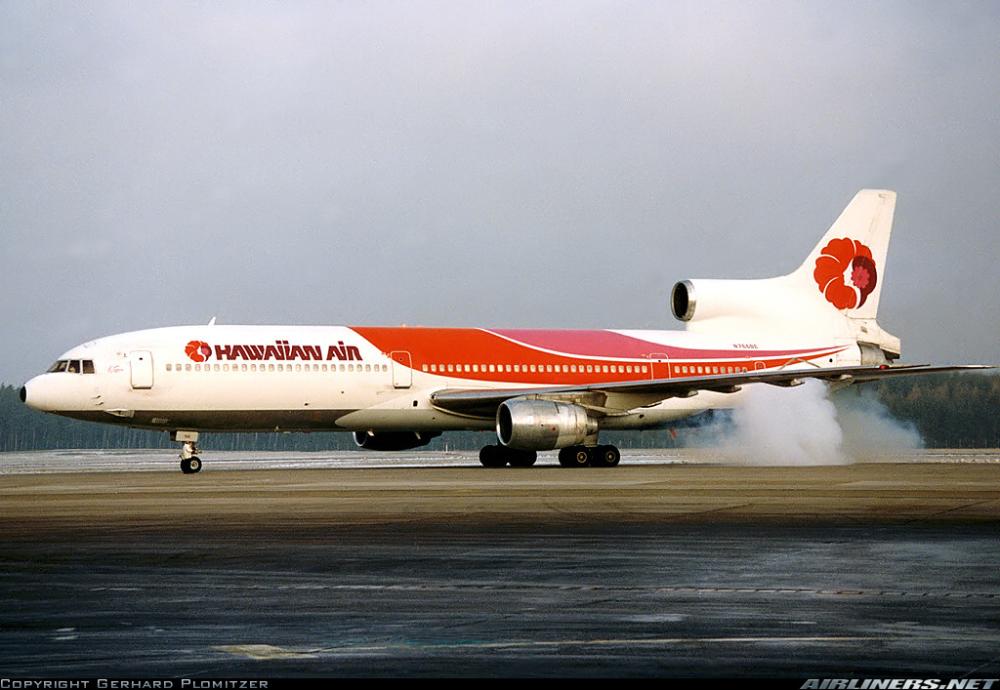
Meanwhile, Hawaiian Airlines also entered the new international markets of Australia and New Zealand in 1986 with one-stop services through Pago Pago International Airport. Hawaiian also aggressively grew its international charter business and pursued military transport contracts.
During the 1980s, Hawaiian also embarked on the development and construction of Kapalua Airport on west side of Maui. It opened in 1987 and Hawaiian Airlines was the only inter-island carrier with aircraft capable of serving the airport with its de Havilland Canada DHC-7 Dash 7 turboprops.
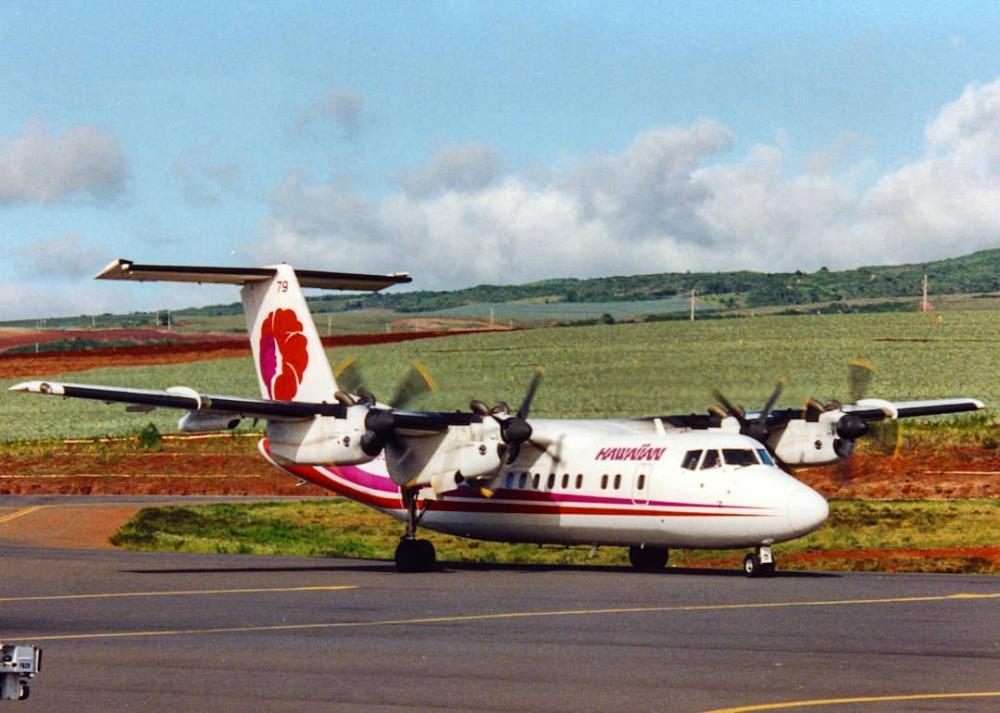
Heading into the 1990s Hawaiian Airlines faced financial difficulties, racking up millions of dollars in losses throughout the previous three years. Due to the airline's increasingly unprofitable operations it filed for Chapter 11 bankruptcy protection in September 1993. During this time the company reduced many of its costs: reorganizing its debt, wrestling concessions from employees, cutting overcapacity and streamlining its fleet. As part of Hawaiian's restructuring it sold Kapalua Airport to the State of Hawaii in 1993. The retirement of the Dash 7 in 1994 also resulted in the airline operating a more streamlined all-jet fleet as it exited bankruptcy in September 1994.
To replace its retired DC-8s and L-1011s Hawaiian Airlines leased six DC-10s from American Airlines during the 1990's. The DC-10s were subsequently retired between 2002 and 2003. The company replaced these leased DC-10s with 14 leased Boeing 767 aircraft during a fleet modernization program that also replaced its DC-9s with new Boeing 717 aircraft, which arrived from 2001. The Boeing aircraft featured an updated rendition of the company's "Pualani" tail art, which had appeared on its Douglas aircraft since the 1970s.
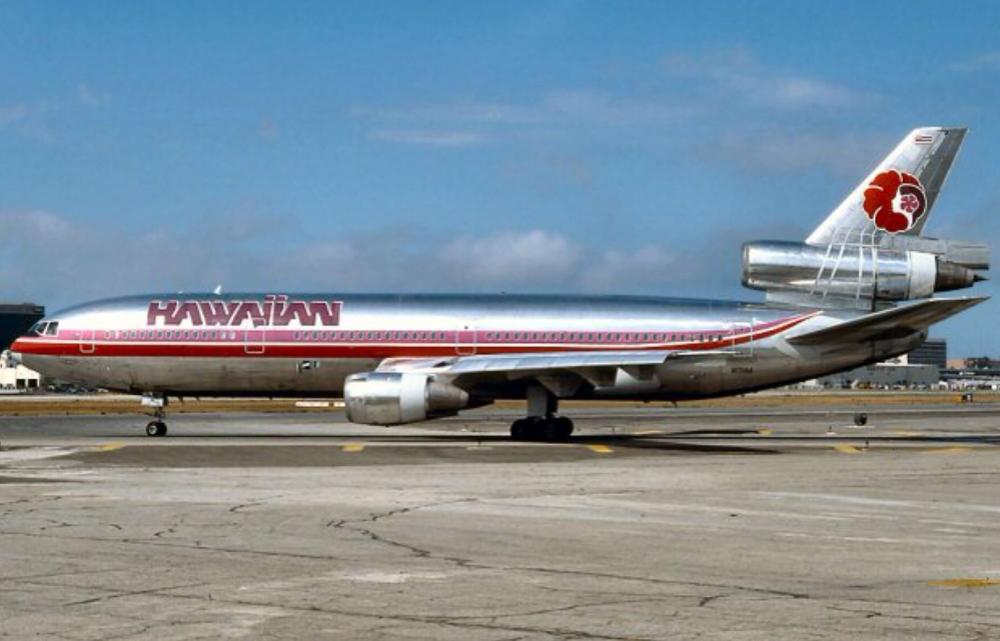
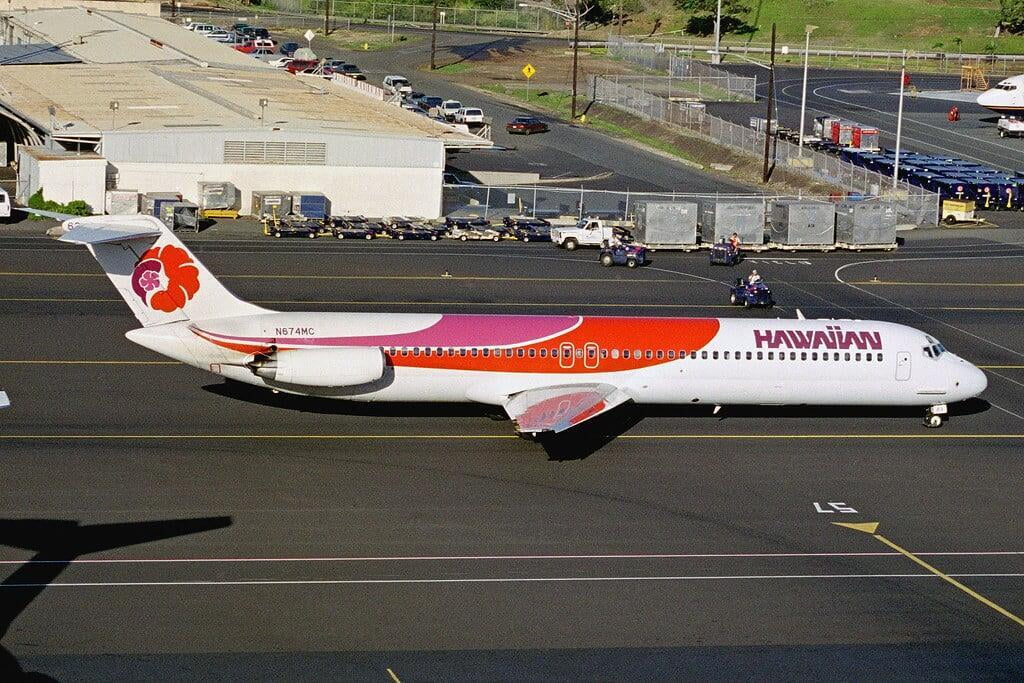
In March 2003, Hawaiian Airlines filed for Chapter 11 bankruptcy protection for the second time in its history. As of May 2005, Hawaiian Airlines had received court approval of its reorganization plan. The company emerged from bankruptcy protection on June 2, 2005, with reduced operating costs through renegotiated contracts with its union work groups and restructured aircraft leases.
On October 1, 2005, Hawaiian Airlines began nonstop daily flights from Honolulu to San Jose, California. This made San Jose the fifth gateway city in California to be serviced by Hawaiian; the others were Los Angeles, San Diego, Sacramento, and San Francisco. On May 4, 2006, Hawaiian Airlines expanded service between the U.S. mainland in anticipation of the induction of four additional Boeing 767-300 aircraft.
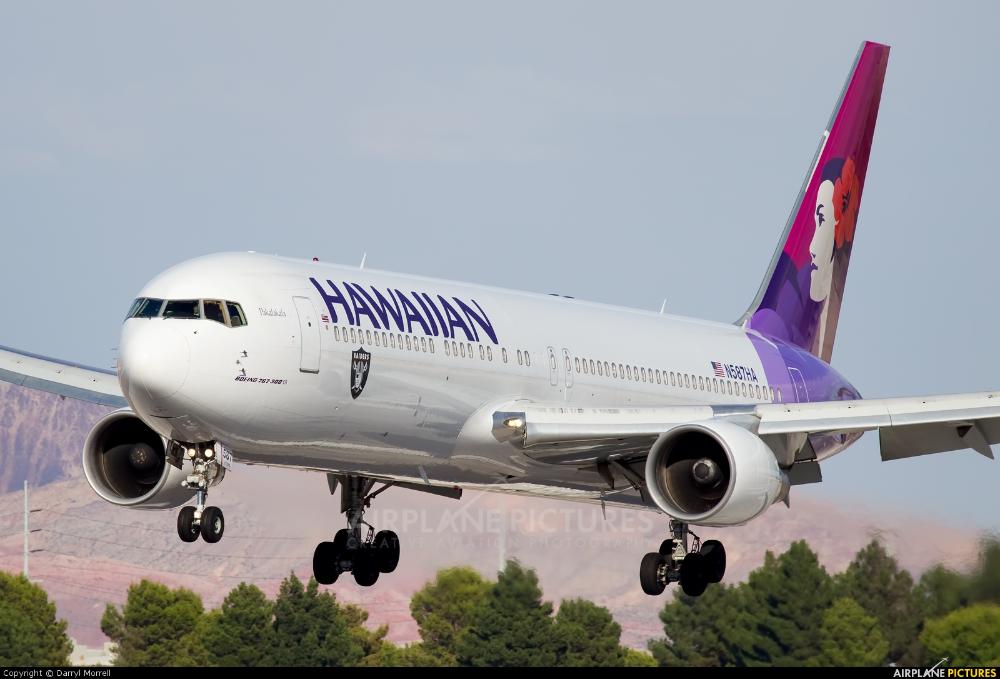
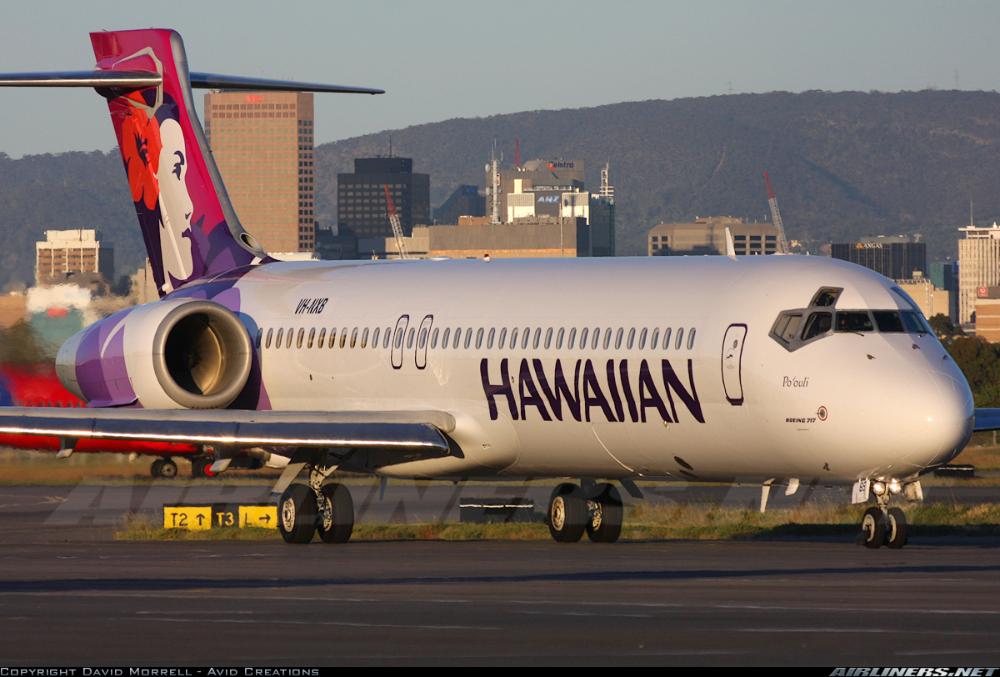
In March 2008, the airline launched nonstop flights to Manila in the Philippines, the first major international expansion since it emerged from bankruptcy protection. In response to the closure of ATA Airlines and Aloha Airlines, the airline began flights to Oakland on May 1, 2008. In late 2009 Hawaiian airlines began to install winglets on their 767-300s to cut fuel costs.
On February 16, 2010, Hawaiian Airlines sought approval from the U.S. Department of Transportation to begin nonstop flights from its hub at Honolulu to Tokyo-Haneda as part of the U.S.-Japan Open Skies agreement. Approval was granted from USDOT to begin nonstop service to Japan. The flight began service on November 18, 2010. Hawaiian Airlines also began nonstop service to Seoul-Incheon, South Korea and Osaka, Japan in 2011.
On November 17, 2011, Hawaiian ordered five additional Airbus A330-200 aircraft. They would be used in June 4, 2012, as Hawaiian expanded to the east coast with daily flights to New York's JFK airport (John F. Kennedy).
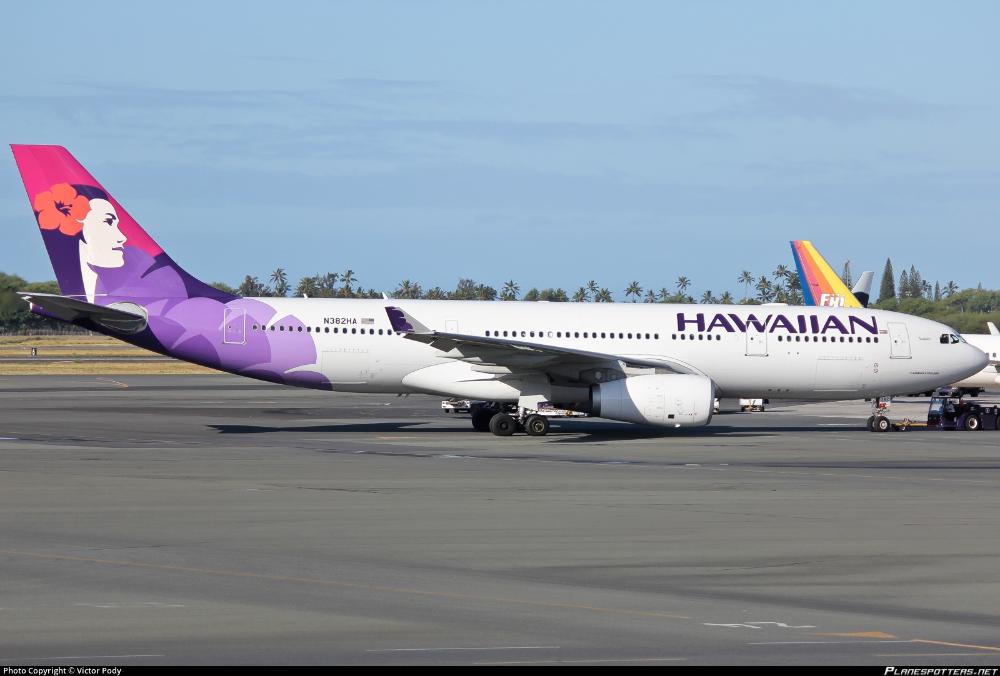
On December 3, 2012, the airline unveiled plans to begin flights to Taipei, Taiwan beginning July 9, 2013 as part of its aggressive expansion plans. On February 11, 2013, the airline announced a new venture in the turboprop inter-island business, "Ohana by Hawaiian". The services operated using ATR 42-500 turboprop airplanes. Services began on March 11, 2014, to Moloka'i and Lana'i. The airline expanded more "Ohana by Hawaiian" routes between Kahului, Kailua-Kona & Hilo during the summer of 2014.
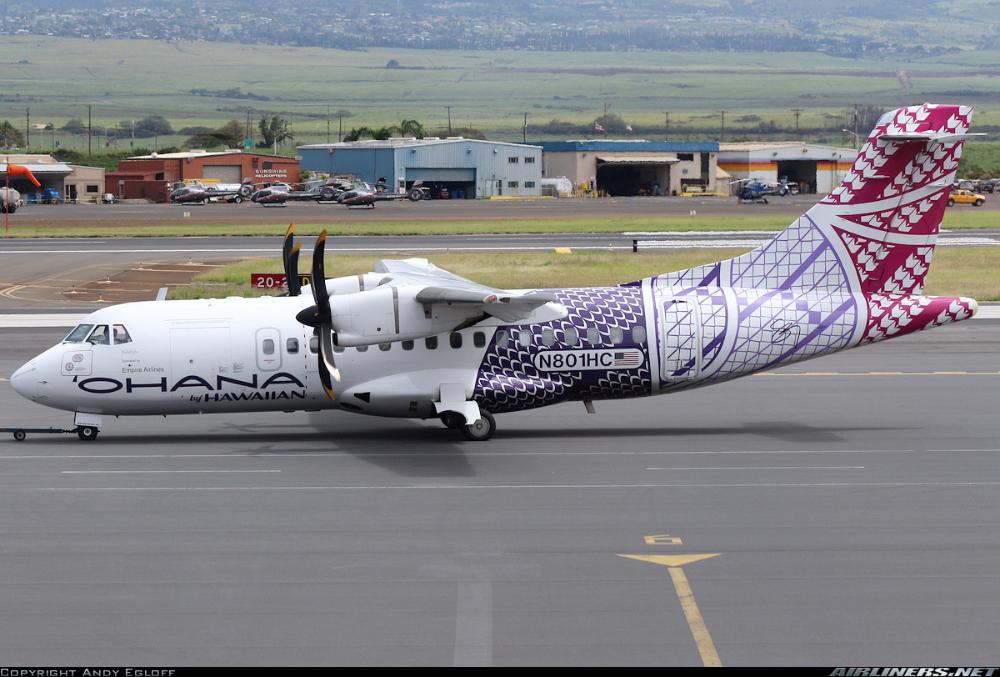
On April 10, 2013, the airline announced its first destination in China, with a service to Beijing expected to start on April 16, 2014. At the same time, the airline announced that it would end service to Manila in the Philippines on July 31, 2013. On August 14, 2014, the airline announced direct service between Kahului and San Francisco beginning in November.
On May 1, 2017, the airline revealed a new modified logo and livery for its aircraft. The same year, Hawaiian Airlines took delivery of its first Airbus A321neo in November 2017, the highly fuel-efficient single-aisle aircraft which the Honolulu-based airline used to expand its services on routes to U.S. West Coast markets.
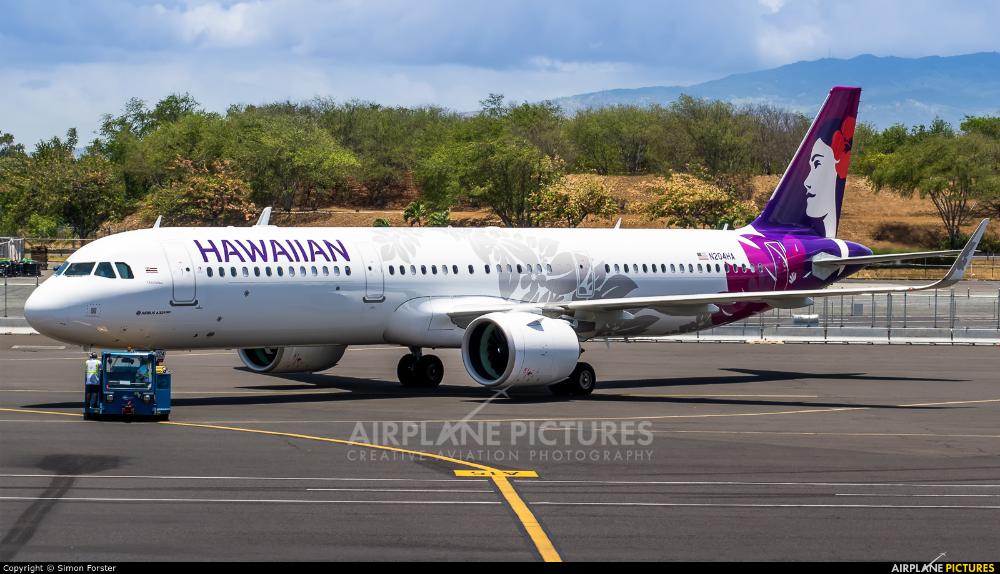
On March 6, 2018, the airline announced an order for 10 Boeing 787-9 Dreamliners with options for an additional ten; selecting GE GEnx engines.
History source: Wikipedia.org + Hawaiian Airlines
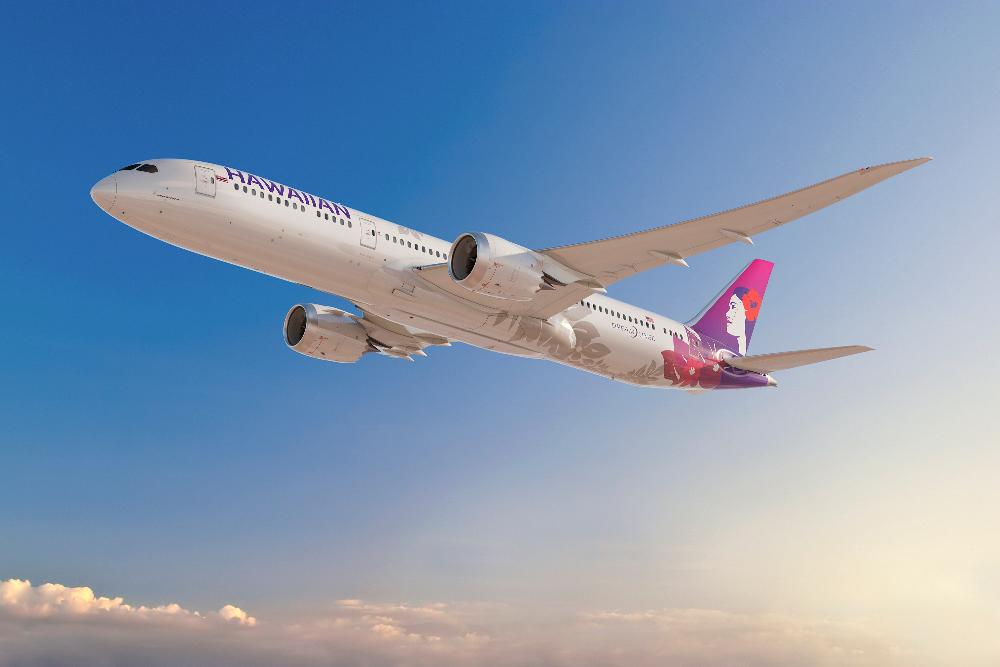
Operations and Destinations 🌍:
Hawaiian Airlines has two major operated bases located in the Islands of Hawaii. The biggest hub is Honolulu, at the airport of Daniel K. Inouye International , where the airline flies it's major international routes and connections as well as to many domestic destinations around the other islands. A second base at Kahului (Maui Island) is used also for selected routes across to the west coast of the USA and domestic destinations around the island.
Hawaiian Airlines serves the following destinations*:
| Region 🗺️ | Destinations 🌍🌎🌏 |
|---|---|
| ✈Domestic (Inter-Island) | Hilo, Honolulu, Hoʻolehua, Kahului, Kapalua, Kona, Lanai, Lihue |
| ✈Domestic (USA Mainland) | Boston, Las Vegas, Long Beach, Los Angeles, New York City, Oakland, Ontario, Phoenix, Portland, Sacramento, San Diego, San Francisco, San Jose, Seattle |
| ✈Asia and Oceania | Guam (USA) Manila, Nukuʻalofa, Osaka, Pago Pago, Papeete, Rarotonga, Sapporo, Sendai, Seoul, Sydney, Taipei, Tokyo. |
%20(1).jpg)
*Destination list is for reference only. Please check directly with the airline for updates.
*Note some destinations are only seasonal.*Correct info as of Nov 2018.
Fleet ✈️:
The Hawaiian Airlines fleet has enjoyed a very awaited rejuvenation in recent years to give passengers a much better experience. It uses now some of the most advanced and fuel efficient aircraft. Together with it's subsidiary Ohana by Hawaiian the airline totals around 65 aircraft with more deliveries of new Airbus and Boeing planes in the coming years.
The fleet* of Hawaiian Airlines consists of the following aircraft:
| Network 🌐 | Aircraft ✈️ |
|---|---|
| ✈Short haul (Inter-Islands) | Boeing B717, ATR-42 (Ohana by Hawaiian). |
| ✈Medium and Long Haul (Trans-pacific and international) | Airbus A321neo, A330-200, Boeing B767, B787-9 (from 2021). |
*Correct fleet info as of Nov 2018.
Hawaiian Airlines Photo Slide 📷:
Hawaiian Airlines Safety Video (A330) 🎬:
Reviews ⭐:
 |  |
|---|---|
| ✅Best airline to fly to Hawaii and inter-island flights. | 👎Not part of any major alliance for millage redemption |
| ✅Strong fleet of modern and reliable aircraft. | 👎Limited international routes |
| ✅Good schedules and connecting times. | 👎 Expensive fares |
| ✅Agreement with China Airlines, Jet Blue, Virgin Atlantic and Virgin Australia for millage/points redemption | 👎 No luggage included on inter island flights (extra fees may apply) |

.png)
.png)